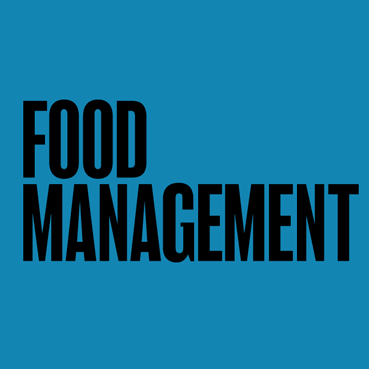Menu Challenge: Changes in Attitudes, Changes in Latitudes
November 1, 2006
FM Staff
Jorge Collazo is a CIA graduate who has cooked in restaurants and hotels, taught at the New England Culinary Institute and managed dining and in-house catering services for a major New York law firm during the go-go 1980s ("We fed T. Boone Pickens veal chops," he recalls).
Three years ago, Collazo did a counterintuitive about-face and signed on to become the first executive chef in the history of the New York City Schools. He was charged with upgrading the quality of the offerings, improving the nutritional content of meals and bringing menu consistency to a system with some 1,500 service points.
It was a steep challenge.
While executive chefs have had success in bringing culinary direction to the nutrition programs at other school districts around the country, none posed the logistical, operational, institutional or sheer volume obstacles presented by the Big Apple.
For one thing, New York never made any serious attempt at centralizing production. Rather, it continues to operate from individual school kitchens. Quality has been all over the board.
Collazo's solution: a standardized system-wide menu, rigid enough to even out quality variations and produce efficiencies of scale, but also flexible enough to accommodate individual site food preferences and varying levels of production capability.
Hence, the district sets the overall menu direction but leaves local kitchens latitude to serve what they think best suits their populations within the parameters. This serves the dual purpose of keeping some local input while allowing Collazo and his Culinary Concepts department (the new name given to Menu Development to emphasize that a new, more food-focused era is at hand) to have final say over what is served.
There is a set menu (what Collazo calls the "default" options) of universal favorites like chicken patties and pizza. Collazo and the regional chefs work with the field supervisors and managers to develop new programs like the Deli Bar, Pasta Bar and Burrito Bar, and then develop field guides to support these programs and standardize them.
"You could have a menu day that says 'roast chicken selection,'" Collazo explains. "This could be just roast chicken with some herbs and a vegetable and bread component at one location. At another it could come with a Dominican tomato-based sauce or with Teriyaki flavoring. The more successful managers will take that freedom and run with it to create something the students will love."
To keep costs in line and to accommodate kitchens where lack of production equipment or culinary expertise could limit scratch-cooked meal options, Collazo has been working with manufacturers to develop high-quality ready-made products for the school market. New York has enviable market clout and Collazo has not been shy about using it to encourage the development of the kinds of products that meet his standards for taste, quality and nutritional content.
Proposed new products are also taste-tested with student panels. In the end, products that pass muster in this process not only find a market in New York schools, but also become items those manufacturers can more easily promote to other districts around the country. In this way, Collazo has emerged as a sort of national liaison between manufacturers and the school market for product development. It is a role he takes very seriously, realizing the impact he can have on upgrading the quality of products available to schools nationwide.
"Other systems know that if something was accepted here, they can run with it, too, and they like that," he says.
About the Author
You May Also Like




.jpg?width=300&auto=webp&quality=80&disable=upscale)

.jpg?width=300&auto=webp&quality=80&disable=upscale)